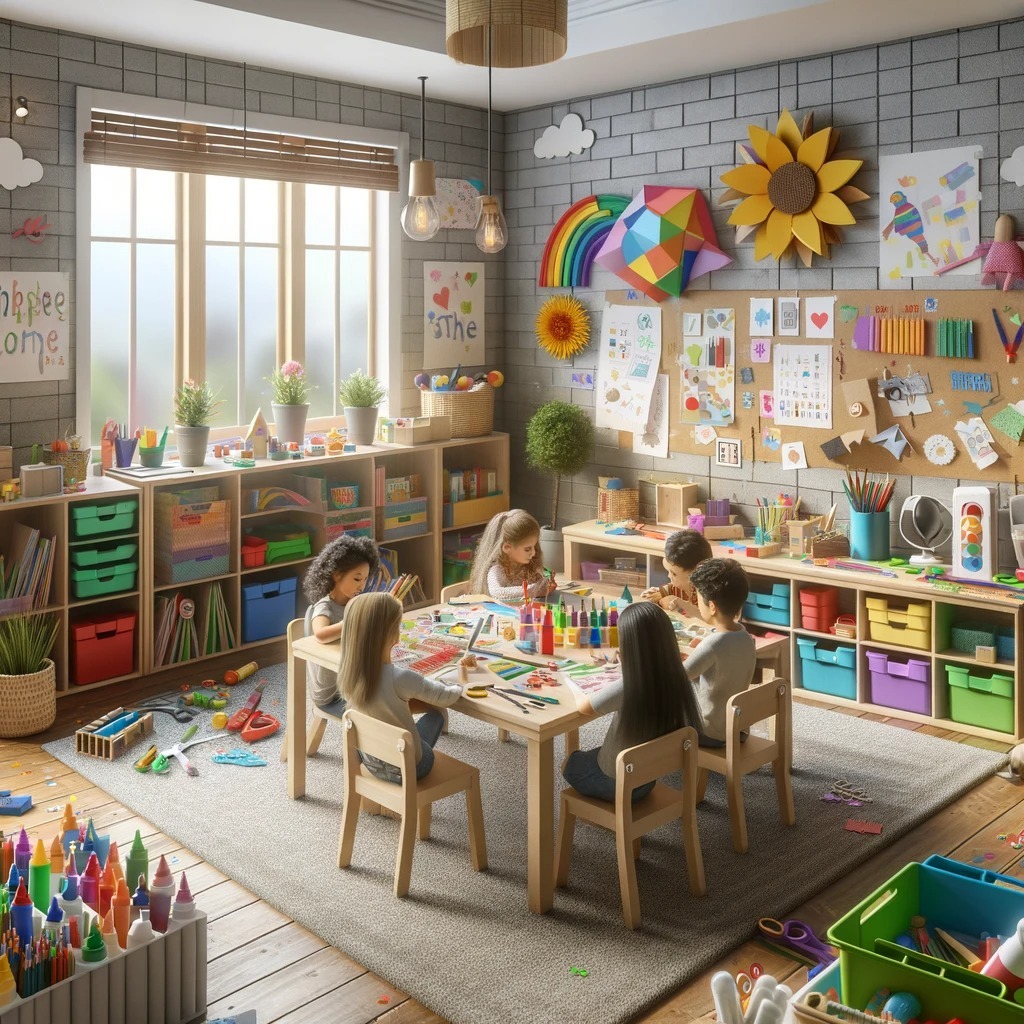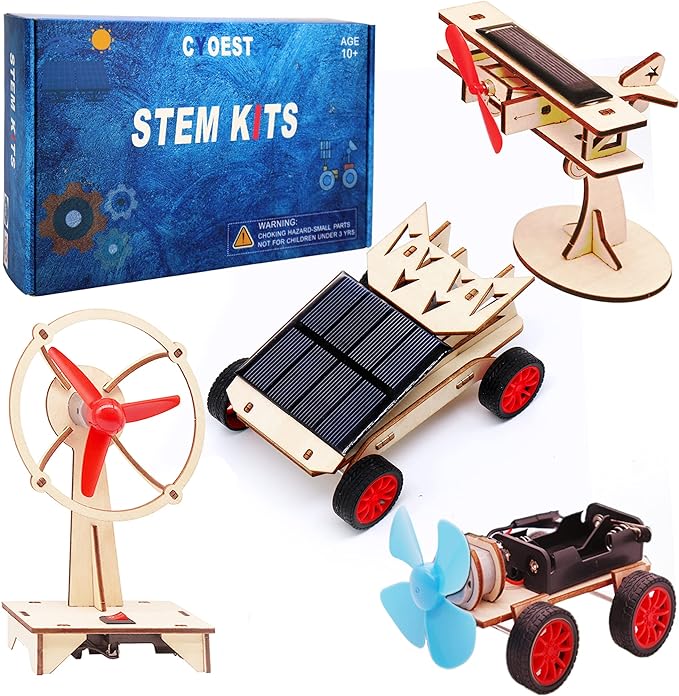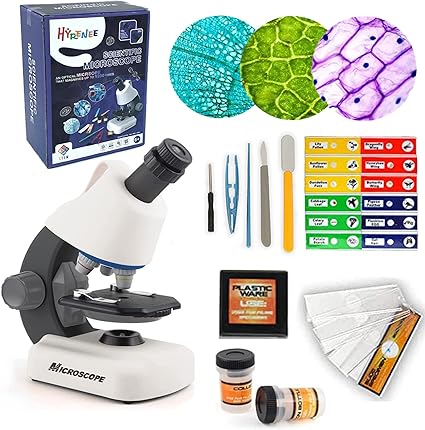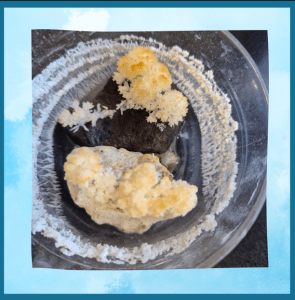8 simple steps to starting a Makerspace in Your Classroom
Are you looking to inspire creativity, innovation, and hands-on learning in your classroom? Setting up a makerspace can be an exciting way to achieve this. A makerspace is a designated area where students can gather to work on creative projects, share ideas, and use a variety of tools and materials. It’s a place for making, learning, exploring, and sharing. Here’s a simple guide on how to start a makerspace easily in your elementary classroom.

1.Define Your Space and Goals:
First, decide where your makerspace will be. It doesn’t need to be big; a corner of your classroom or a mobile cart can serve as your starting point. Your goal could be as simple as providing a space for hands-on exploration or as specific as integrating STEM projects into your curriculum.
2.Start with What You Have:
You don’t need a big budget to start a makerspace. Begin with basic supplies like paper, glue, scissors, markers, and building blocks. Recycled materials like cardboard boxes, plastic bottles, oilet paper rolls and old electronics are also great resources.
3.Involve the Community:
Send a letter to parents explaining your makerspace and ask for donations of materials, tools, or even expertise. Local businesses might also be willing to donate or provide discounts.
4.Create a Makerspace Culture:
Encourage a culture of creativity, experimentation, and collaboration. Make your makerspace a safe place for students to try new things and learn from failures.
5.Plan Maker Activities:
Start with guided projects to help students get comfortable with the tools and materials. As they grow more confident, encourage self-directed exploration.
6.Integrate with Curriculum:
Use your makerspace to complement what you’re teaching in the classroom. For example, if you’re studying plants, students could design and build models of different plants or flowers.
7.Showcase Student Work:
Regularly display student creations. This not only boosts morale but also encourages others to participate.
8.Be Flexible and Evolve:
Your makerspace will grow and change over time. Be open to feedback from students and adjust the space as needed.
Creating a makerspace in your elementary classroom doesn’t have to be overwhelming. With a bit of planning and creativity, you can set up a space that excites and engages your students in hands-on learning. Remember, the ultimate goal is to foster a love of exploration and innovation. Happy making!












